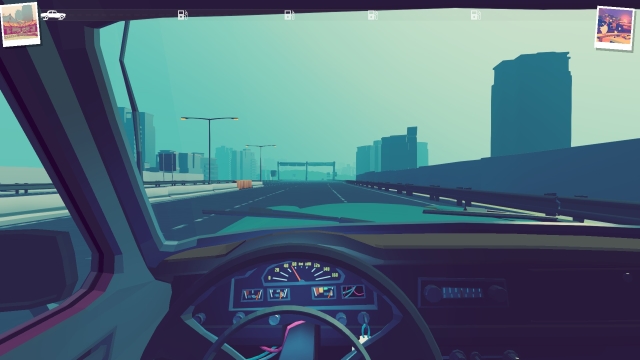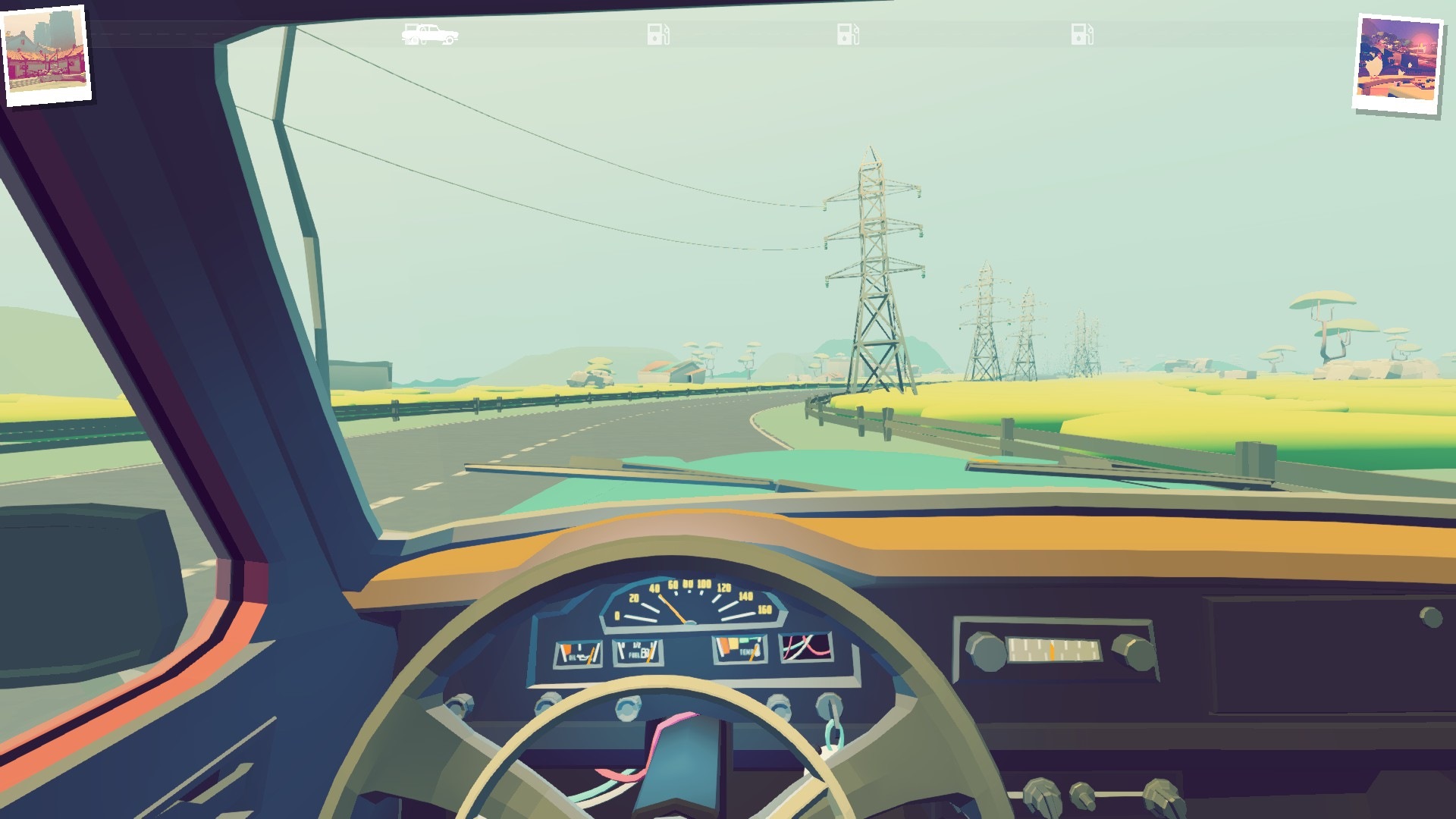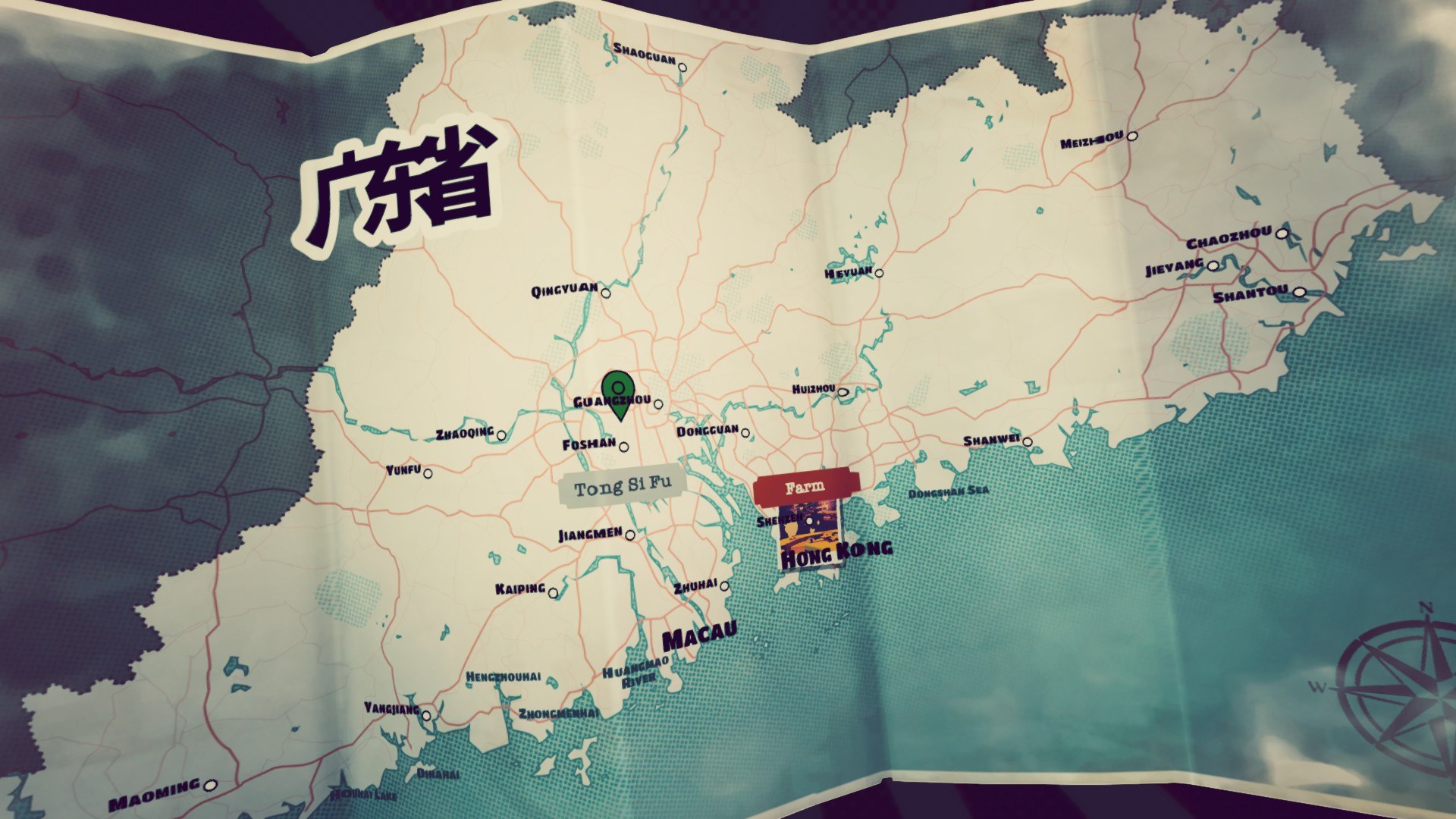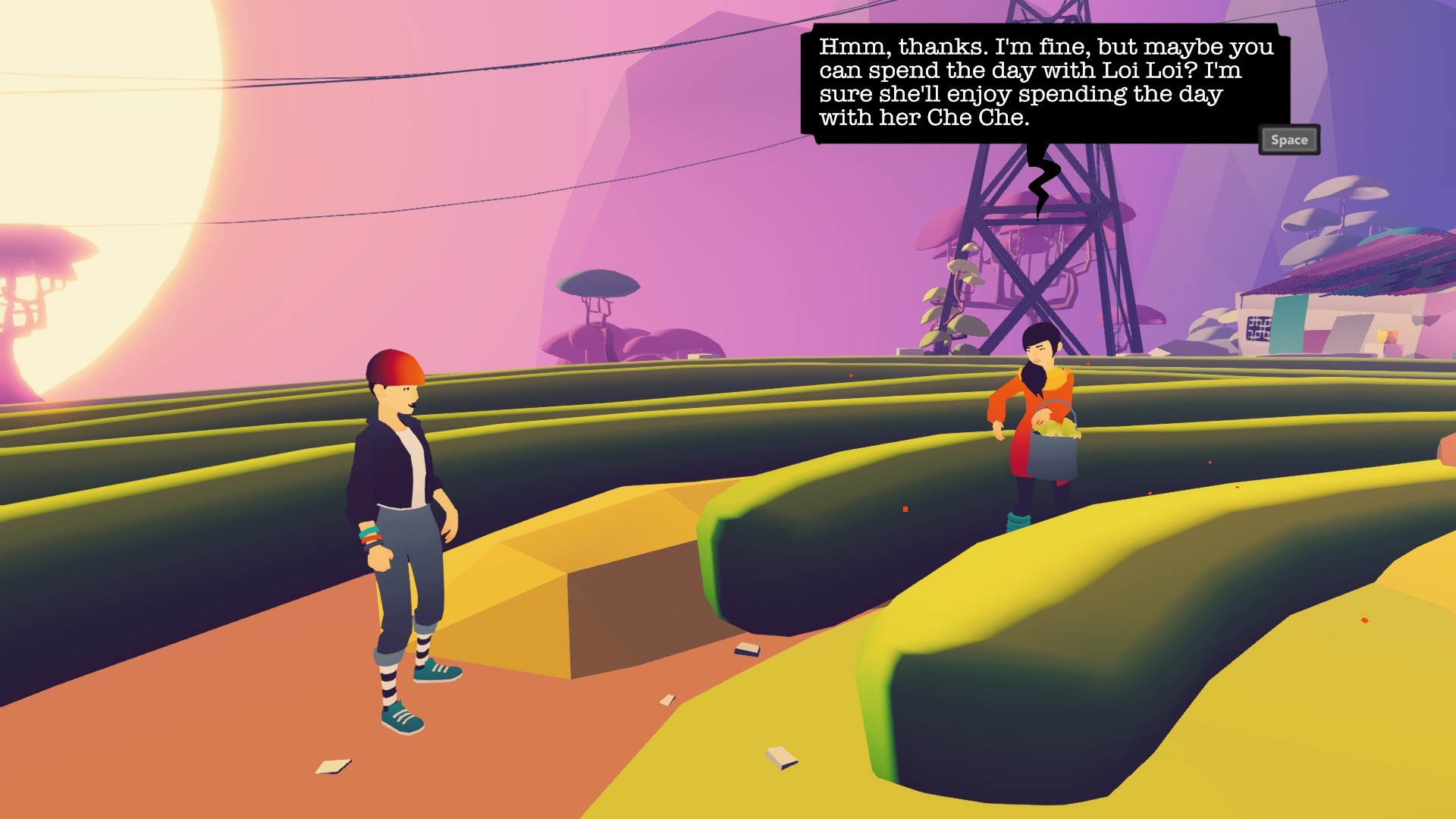Sometimes a game isn’t so much fun as it is interesting, and that is certainly where I’d put the upcoming Road to Guangdong.
The game puts you in the shoes of Sunny, who must take the wheel of her family’s trusty old junker to make a road trip across China with her elderly aunt Guu Ma. It’s a strange premise aided by even stranger gameplay, but both underscore Chinese tradition, family values, and modern culture in an organic way.
Road to Guangdong highlights its driving mechanics, but make no mistake that the game’s primary focus (at least at this Early Access phase) is the story. Your journey with Guu Ma across China to reconnect and nab up family recipes to reinvigorate her restaurant is at the forefront, despite the player spending so much time driving.
I say it that way for a reason: You spent a lot of time driving.
As you’d expect from a game with Road in the name and, you know, focusing on driving in China, you spend the vast majority of your time in Road to Guangdong driving. In theory, that’s fine. In reality, the game needs a lot of work on its driving and repair mechanics to make it an enjoyable and engaging experience — if it expects you to drive for such long stretches of time.
Like in publisher Excalibur Games’ other junker-driving-and-repair title, Jalopy, there’s a heavy focus on maintaining the aged family vehicle (lovingly named Sandy) while on the road. You have to watch your oil and fuel levels, ensure you don’t rev the engine too fast, and all the while hope that Sandy’s various components aren’t wearing down to unusable levels before you reach the next garage.
In theory and in writing, that all sounds pretty okay. If you played Jalopy (I didn’t, not going to lie), this all probably sounds like familiar territory. If you’ve had to own and drive an old and dilapidated car, this all still probably sounds familiar. I’ll always remember my ’94 Saturn that I drove until 2010. Rest in peace, you sweet, oil-guzzling beast.
Managing Sandy on the long, winding roads from destination to destination most often boils down to simply not revving the engine too hard. The roads get longer, garages and destinations get spaced further and further apart, but on the road, nothing really exciting happens despite the increase in distance; and if you’re mindful of your acceleration and car parameters, keeping Sandy happy isn’t all that hard.
Though you do have to keep an eye on Sandy’s parameters and occasionally pop out of the car to make sure the fan belt is still set or the oil filter isn’t leaking, but most often you’re just tapping the “W” key to accelerate a bit — but not too much at a time, or you’ll damage Sandy’s parts faster than you can get to a garage to buy a replacement (if you didn’t buy replacements earlier, anyway).
You also dodge some cars and drive down some winding roads, and you watch your gas, oil, and engine temp meters to make sure nothing’s gone terribly wrong.
You have a limited amount of money you can spend per destination, meaning you have to make decisions about which replacement parts you want to buy or how much oil and fuel you want to stock up on.
You can repair Sandy on the road yourself, or you can have a mechanic fix her up at a garage. It’s cheaper to go with repairing the car yourself, but either option will do. I always stop at garages, just in case.
When not driving, you’ll be controlling Sunny in dialogue-focused adventuring segments. These consist of choosing dialogue options for the most part, although there isn’t much to them.
There is something to be said for the charm of seeing Sunny and Guu Ma’s family across China, though. With each visit comes new life lessons for Sunny to learn, and new cultural aspects for the Western player to be introduced to. The game’s core themes are rooted deeply in Chinese family values and tradition.
Things like being completely brushed off by your elders and having to interact with family members of certain standing in such different ways can be eye-opening for someone unfamiliar with how the Chinese social structure functions.
Guu Ma being pushy with the mechanic about bringing his future in-laws to her restaurant to impress them isn’t rude and it’s not just to invigorate her restaurant, it’s expected for one to barter such social favors. Later in the game, your cousin brushing you off and telling you to just go talk to one of the younger family members isn’t rude, either. She hasn’t seen you in a while and she’s got things to do, it’s best you just go spend time with the kids.
The cultural differences are what make Road to Guangdong unique, but regrettably, that’s about all I can say I’ve enjoyed in these early builds.
As much as I’ve wanted to enjoy Guangdong so far, I just haven’t been able to. The driving and repair aspects of the game are too basic to fully enjoy. There’s no real challenge, there’s not a lot of guesswork. The driving segments are straightforward to a fault and the adventure segments have no real mystery to them. Both are probably as easy as they could possibly be considering the restrictions of driving an old, beat up car and the setting.
Road to Guangdong has a lot of room to grow and, if done right, it can do just that in a way that’s fun and engaging; however, at the time of writing, I wouldn’t say the game is particularly fun or even interesting. I’m very interested in how the game is going to change through the predicted two to three months of Early Access, but I just can’t recommend it in its current state unless you would like to support its small developer, Just Add Oil Games.










Published: Jun 12, 2019 04:12 pm